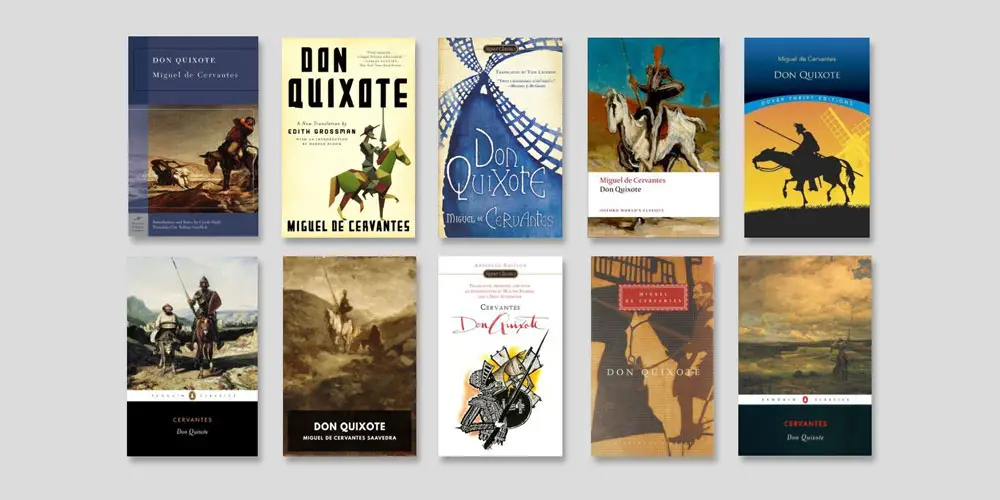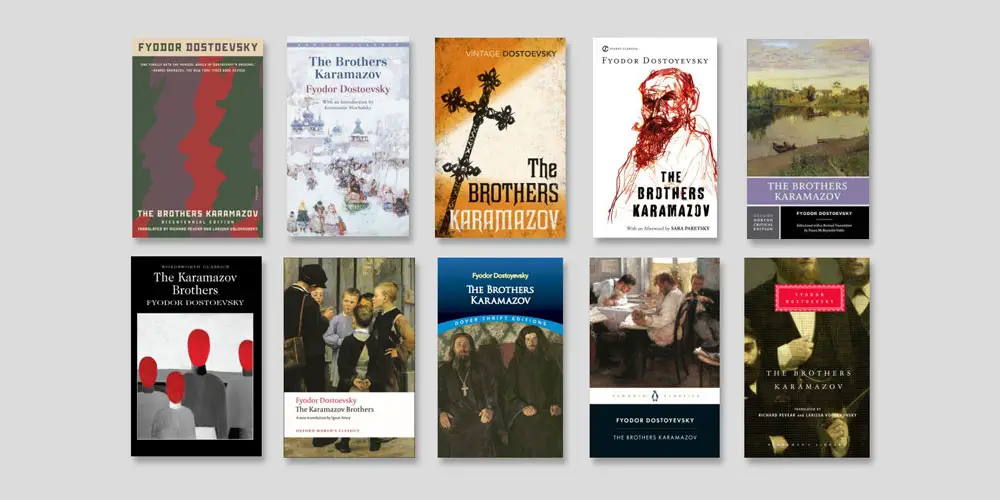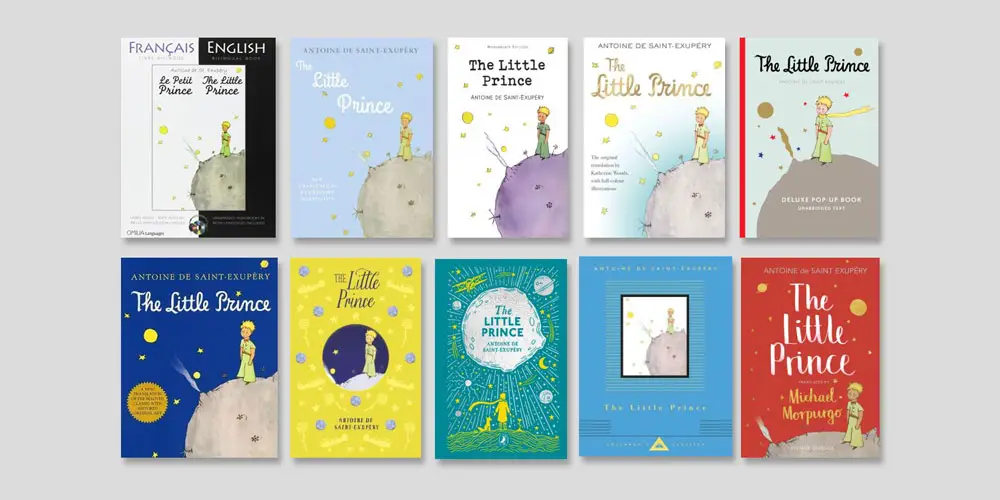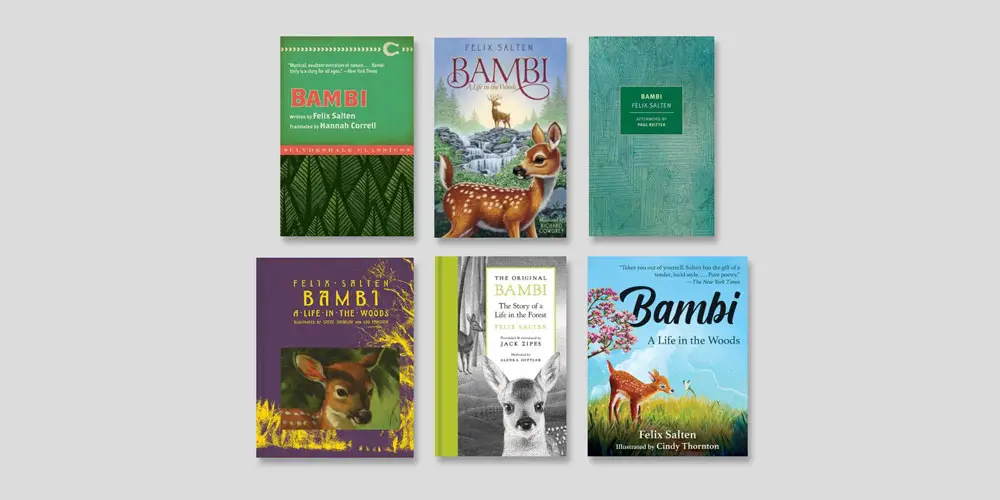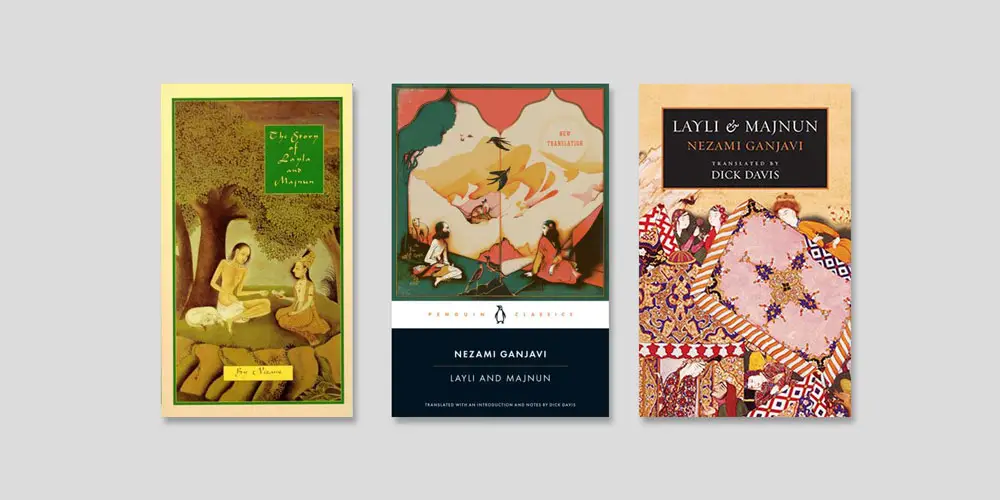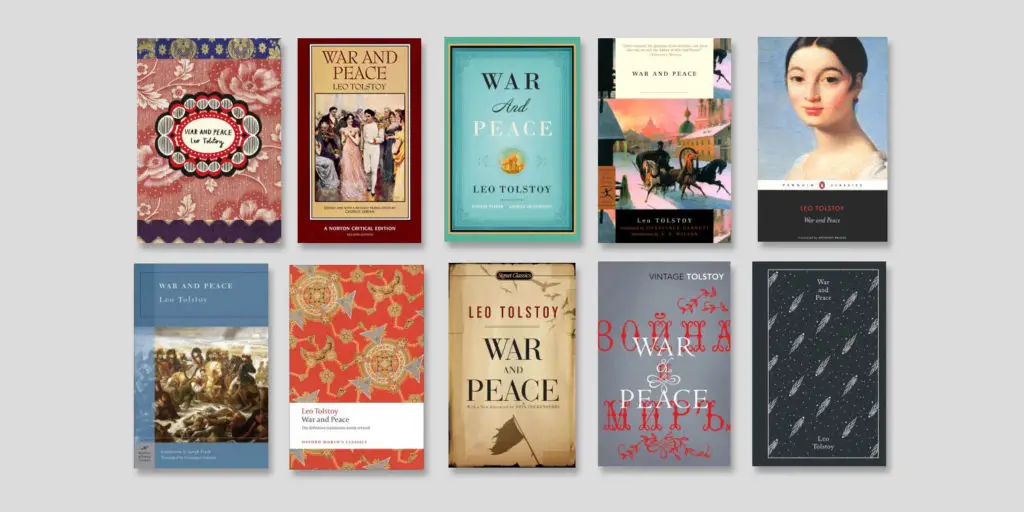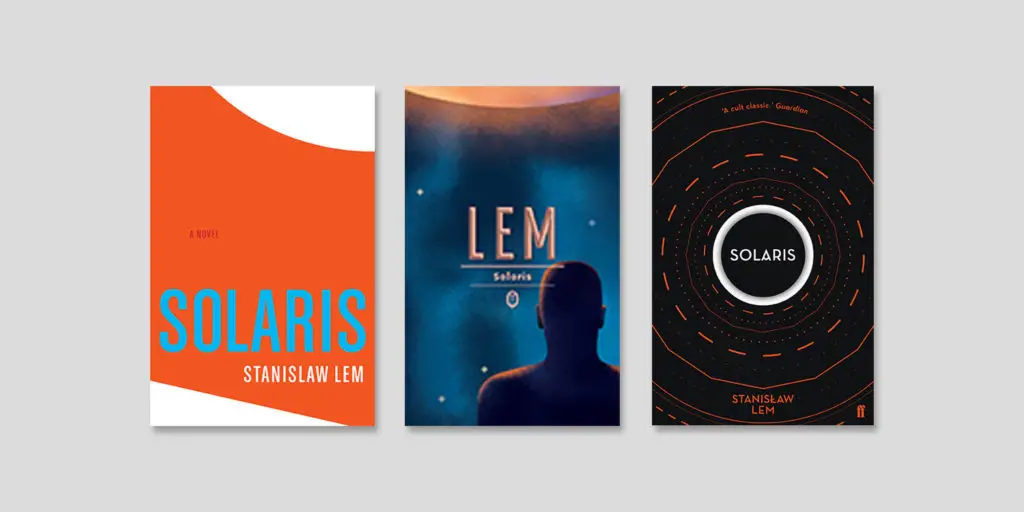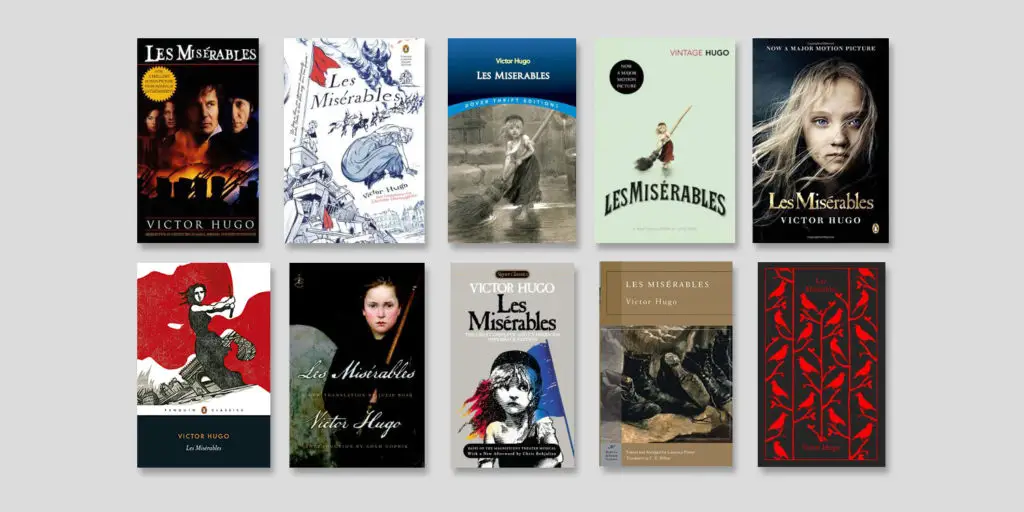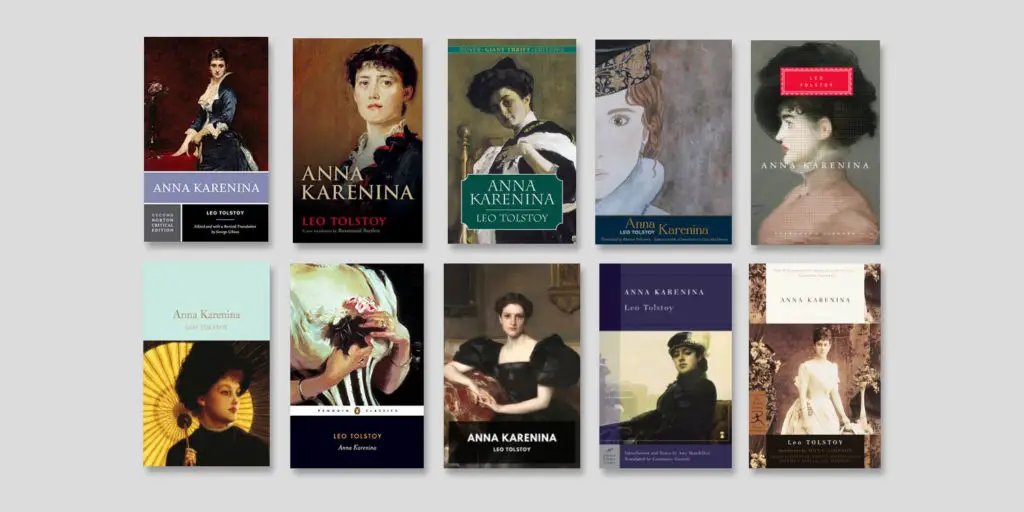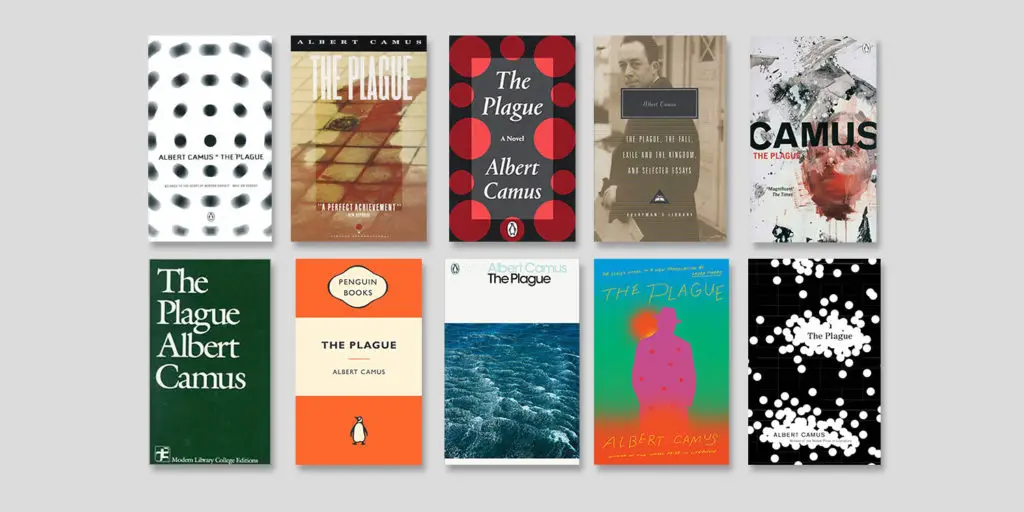What’s the best translation of Don Quixote? (Part 1)
I found so much information on translations of Don Quixote that I had to split this post into two! Part 1 of this post talks about the history of the novel, the challenge of translating it, and the pronunciation and spelling of the title. The post gives information about 14 translations published from 1620 to 1995, including the popular Ormsby translation.
What’s the best translation of Don Quixote? (Part 1) Read More »

